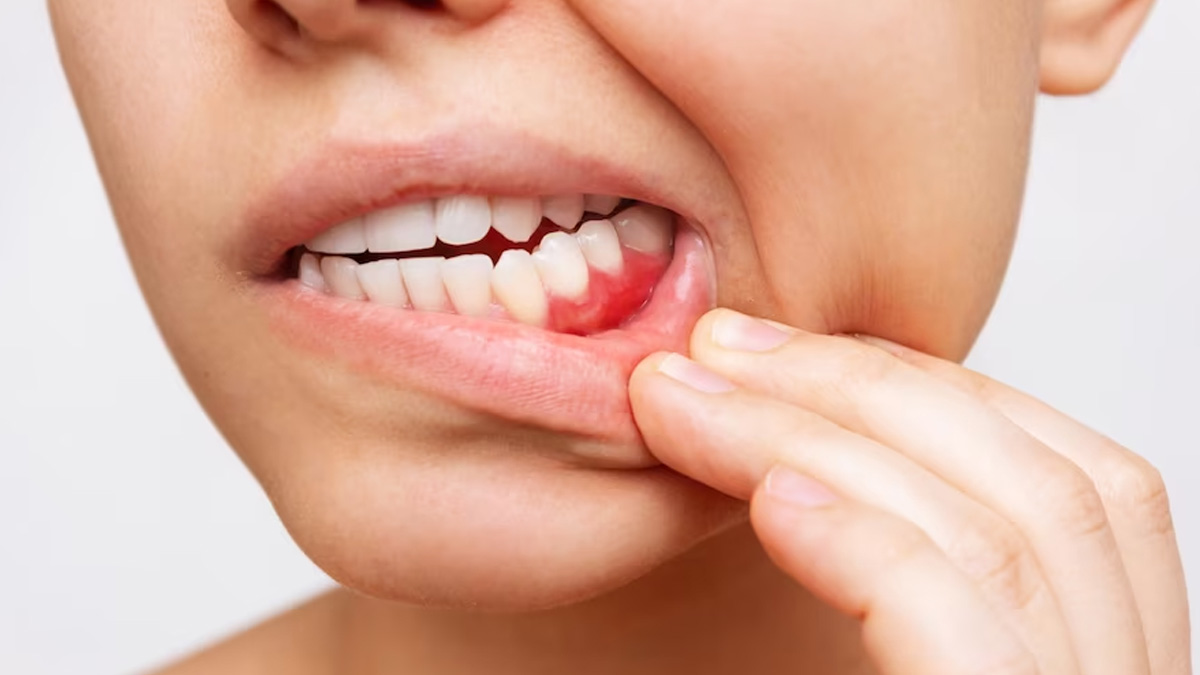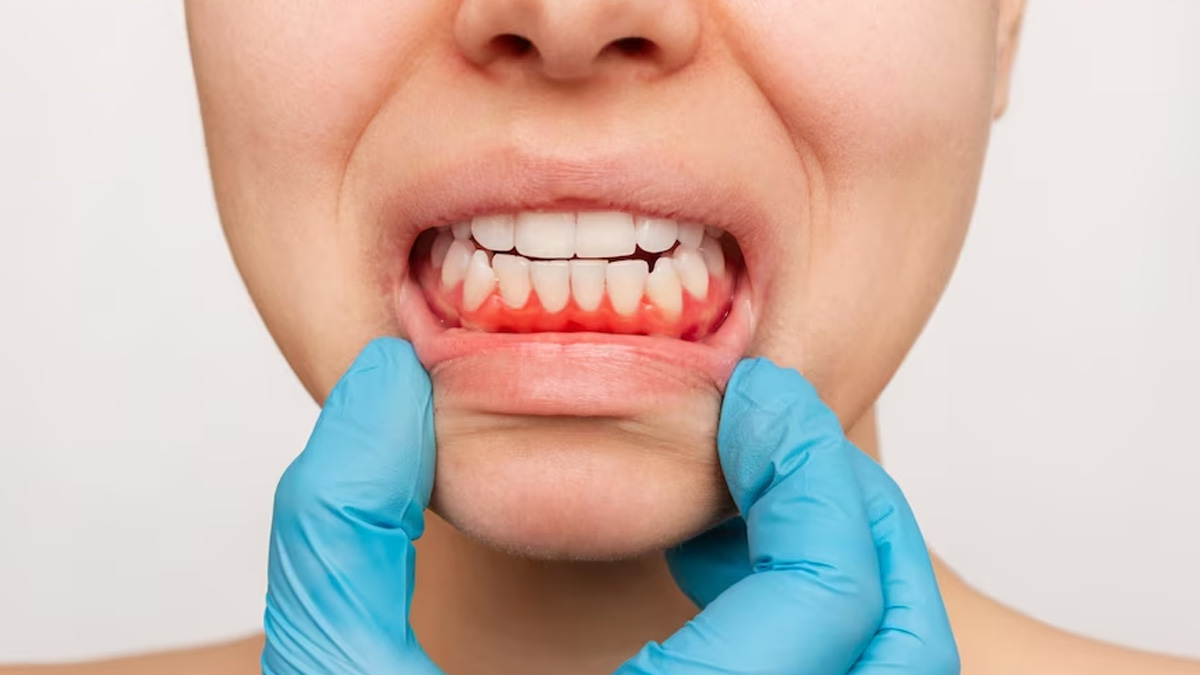How To Know If Your Gum Disease Has Reached Irreversible Levels?


Gum disease is one of the underestimated oral health issues people suffer from. It starts with mild symptoms that many individuals tend to ignore, but if left untreated, it can progress to irreversible levels, leading to severe consequences for oral health. To learn about how you can know if your gum disease has reached an irreversible level, we spoke to Dr Nihal Yadav, BDS, Amayra Dental Clinic, Kaushik Enclave, Burari, Delhi and Former Resident, Deen Dayal Hospital, Hari Nagar, Delhi.
What is Gum Disease?
“Gum disease is a bacterial infection that affects the gums, bones, and tissues supporting the teeth. It typically develops due to poor oral hygiene habits, allowing harmful bacteria to accumulate in the mouth,” said Dr Yadav.
According to the World Health Organization (WHO), roughly 19% of the adult population worldwide, translating to over 1 billion cases globally, is believed to be impacted by severe periodontal diseases.

Dr Yadav stated that gingivitis, the first stage of gum disease, is identified by gums that appear red, swollen, and prone to bleeding. “Gingivitis is often reversible with proper oral care and professional cleaning. However, when not addressed, it has the potential to advance into periodontitis, which represents a more severe manifestation of gum disease,” he added.
Also Read: Gingivitis Vs Periodontitis: How The Gum Diseases Differ
Progression to Irreversible Levels
“As gum disease progresses to periodontitis, the infection moves deeper into the supporting structures of the teeth. The body’s immune response to the infection, combined with the bacteria’s byproducts, can lead to inflammation, tissue damage, and bone loss. At this stage, the damage becomes more extensive and may become irreversible,” explained Dr Yadav.
Know If Your Gum Disease Has Reached Irreversible Levels
Here’s how you can spot if your gum disease has reached an irreversible level.
Increased Gum Recession

Receding gums are often a sign of advanced periodontitis. “If you notice that your gums are receding, exposing more of your tooth’s root, it could indicate that gum disease has progressed,” said Dr Yadav.
Pocket Formation
“Periodontitis leads to the formation of pockets between the gums and teeth. These pockets provide a space for bacteria to accumulate and can lead to further infection and damage. Your dentist or periodontist can measure these pockets during a dental exam,” added the doctor.
Tooth Mobility
“As bone loss occurs, your teeth may become loose or shift in position. If you notice changes in your bite or increased tooth mobility, it’s a sign that the gum disease has advanced significantly,” suggested Dr Yadav.
Persistent Bad Breath

“Bad breath that persists despite good oral hygiene practices could be an indication of advanced gum disease. The bacteria in the pockets emit foul-smelling gases, leading to chronic bad breath,” said Dr Yadav.
Also Read: Know All About Periodontitis- Symptoms, Causes & Treatment From Endodontist
Pain or Discomfort
“Advanced gum disease can cause pain or discomfort, particularly when chewing or biting. This discomfort may be due to inflammation or damaged tissues,” said Dr Yadav.
Visible Changes
“Look for visible changes in the appearance of your gums. They might appear red, swollen, or even purplish in severe cases. Pus might also be present around the gum line,” he added.
Conclusion
Gum disease, when left untreated, can progress to irreversible levels, causing significant damage to your oral health. Recognising the signs of advanced gum disease is crucial in preventing irreversible consequences.
Regular dental check-ups, maintaining proper oral hygiene practices, and seeking professional treatment at the earliest signs of trouble can help you maintain healthy gums and teeth.
[Disclaimer: This article is for informational purposes only. Consult your healthcare provider to get a thorough diagnosis and treatment as per your health needs.]
Image Credits: freepik
